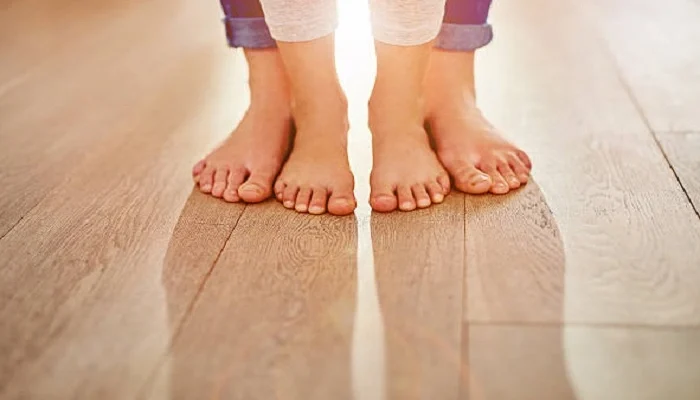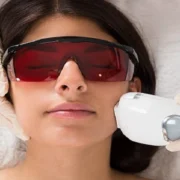Our feet play a vital role in our everyday lives, carrying us from place to place and supporting our entire body. Yet, many people underestimate the importance of regular foot care. Neglected feet can lead to a host of issues ranging from mild discomfort to chronic pain and mobility challenges. Thankfully, taking simple steps at home can help keep your feet healthy and happy for years to come. When in doubt, seeking advice from a podiatrist Northampton, PA, can offer tailored solutions for your needs. By learning how to properly care for your feet, you reduce the risk of infections, injuries, and deformities, ensuring you stay comfortable whether you’re walking around the block or running a marathon.
Choose the Right Footwear
Foot health starts with the shoes you wear every day. Shoes that are too tight, poorly cushioned, or lack adequate support can contribute to a range of problems, including blisters, bunions, and even posture issues. Always select shoes with a roomy toe box to allow your toes to move naturally, and check that your heels fit comfortably without slipping. Supportive soles and shock-absorbing materials add further protection for your feet. Measure your feet annually, as they can change shape or size due to age, pregnancy, or weight changes.
Maintain Good Hygiene
Foot health depends on keeping your feet clean. Using warm water and light soap, wash your feet every day, making sure to get in between your toes. Dry them completely, especially after taking a bath, because wet skin is a great place for bacteria and fungus to grow. If you don’t want to get a foot infection, don’t walk around barefoot in public places like showers and pools.
Trim Toenails Properly
Taking care of your toenails is an easy way to keep them from hurting or getting infected. When you use a good toenail clipper, you should always cut nails straight across. If you round the corners, the nail could grow into the skin. If you don’t treat ingrown toenails, they can often get inflamed, swollen, or even infected. Soak your feet in warm water before you cut your nails if they are thick or hard to cut. This will help and make the process better.
Moisturize Regularly
Dry, cracked skin isn’t only irritating; it can also let bacteria and fungi in. Putting lotion on your feet every day keeps the skin nice, smooth, and strong. Pay special attention to your heels and soles, where calluses and cracks are widespread. Don’t forget to clean between your toes, though, because too much moisture might let fungi grow. If you have sensitive skin, pick lotions that don’t have any scents or are hypoallergenic to cut down on irritation.
Exercise and Stretch Your Feet
Regular exercise and stretching are good for your feet just like they are for the rest of your body. You can improve the tone of your muscles, flexibility, and blood flow in your feet and ankles by doing toe curls, marble pickups, heel raises, and gentle ankle twists. Tendons don’t get tight when you stretch, which is especially helpful for avoiding heel fasciitis and Achilles tendonitis. Think about adding these easy exercises to your daily routine to keep your feet strong and flexible.
Protect Your Feet in Public Spaces
You are more likely to get athlete’s foot, warts, or fungal toenail diseases if you walk barefoot in public places like showers, gyms, and swimming pools. As a safety measure, you should always wear flip-flops or water shoes in these places. If you do get a small cut or blister, wash it with water and soap, put antibiotic cream on it, and cover it with a patch that lets air pass through until it heals.
Monitor Your Foot Health
Early detection is key to preventing serious complications. Inspect your feet weekly for signs of trouble, such as cuts, swelling, blisters, bruising, or changes in color and temperature. These symptoms can indicate circulatory problems, diabetes complications, or infections. If you notice anything unusual that doesn’t resolve within a few days, consult a healthcare provider for professional evaluation and treatment. Prompt attention to minor problems keeps them from becoming major setbacks.
Conclusion
Consistent at-home care is the best way to maintain the health and appearance of your feet. By choosing proper footwear, practicing hygiene, regularly moisturizing, performing exercises, and keeping an eye out for changes, you can keep foot issues at bay. Your feet do a lot for you—return the favor by giving them the attention and care they deserve, so you can stay active, comfortable, and confident every day.
Revive Fitness Routine with These Proven Tips










Comments